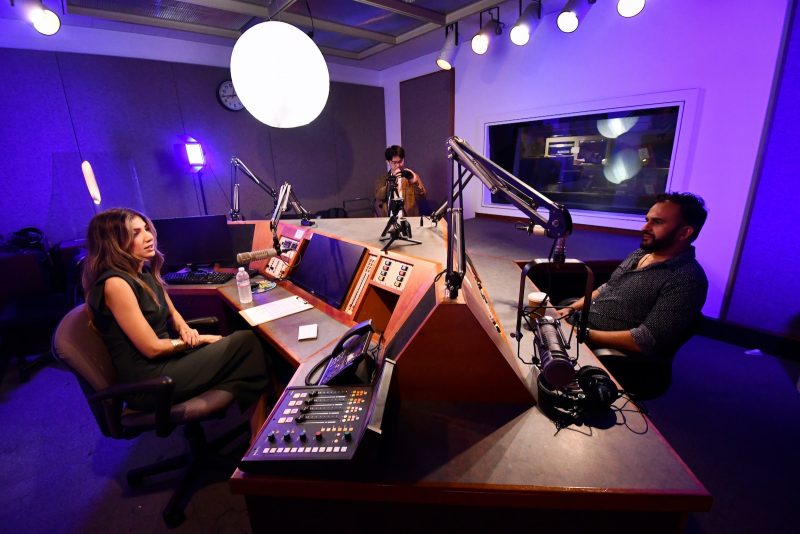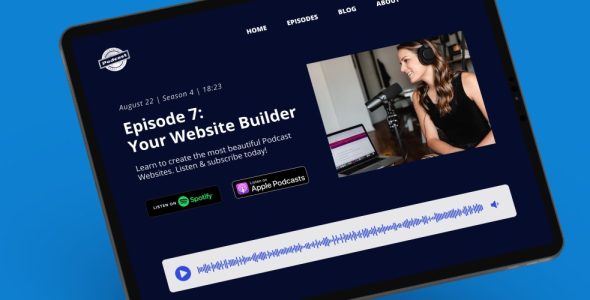Video podcasts are a great way to build meaningful connections with your audience and boost engagement. However, if you’ve only ever recorded audio podcasts, you might not know how to get started with videos.
Fortunately, it’s relatively easy to create a good video podcast. For instance, you can implement themes and categories, make your videos clickable, and optimize your episodes to expand your audience. In the past, we’ve covered options for recording a podcast remotely, and whether your podcast can have video alongside the audio.
In this post, we’ll look at a few reasons to start a video podcast. Then, we’ll discuss methods for recording a video podcast, along with some video podcasting tips to help you get started. Let’s jump right in!
Why It’s a Good Idea to Start a Video Podcast
The popularity of video has risen massively in recent years, reaching almost 92 percent of internet users. Therefore, now might be a good time to start a video podcast.
What’s more, video provides plenty of repurposing opportunities. While you can record full-length episodes, you can also trim videos down and share them as YouTube Shorts or TikTok videos:
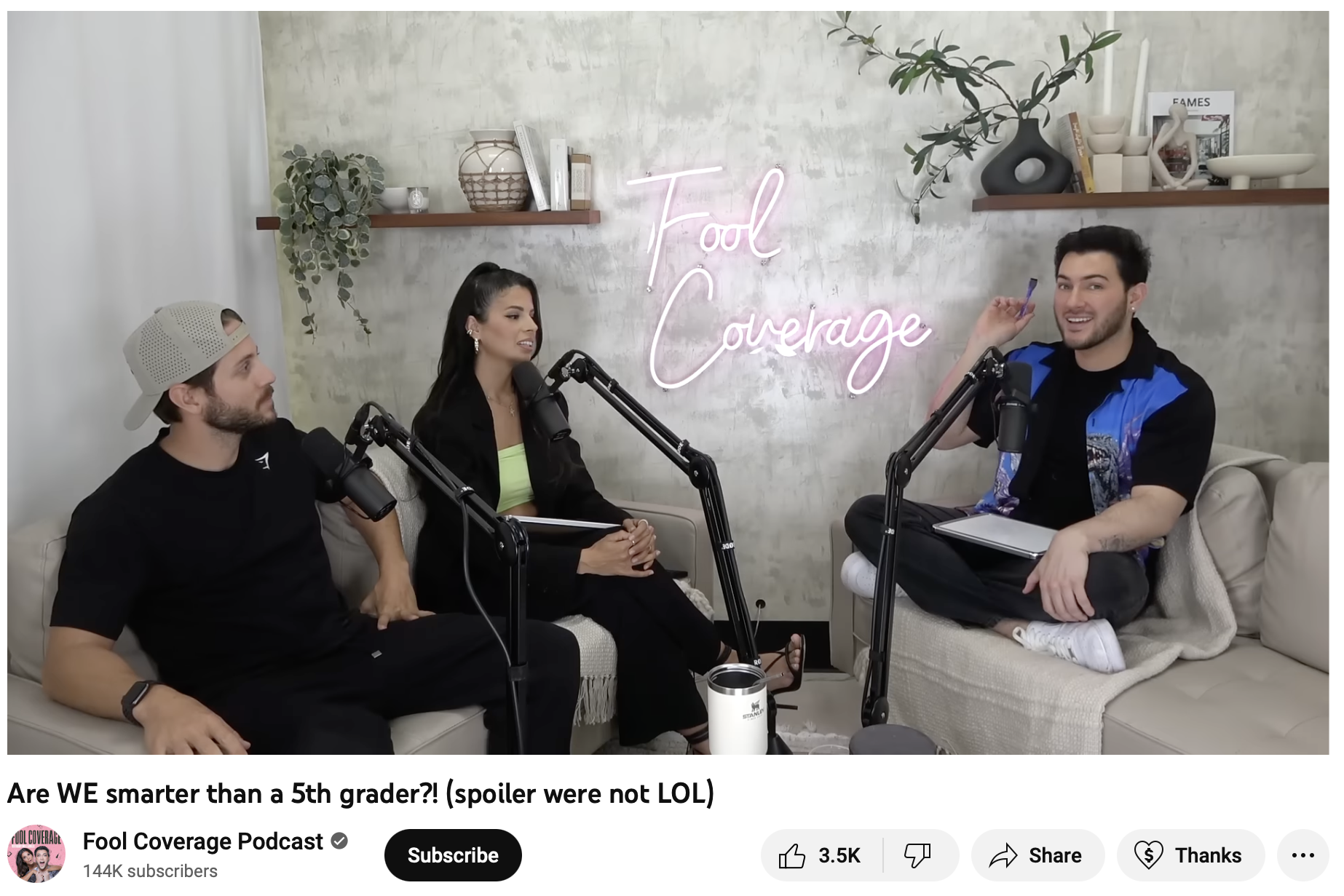
These videos can help boost engagement as they tend to be easy for users to share, like, and comment on. They’re also a great way to expand your reach. For example, YouTube Shorts surpassed 50 billion daily views in February 2023.
Lastly, video podcasts can help you nurture strong relationships with your audience. Since viewers are able to see your facial expressions and body language, it’s easier for them to connect with you and relate to your stories.
How to Record a Video Podcast: 5 Tips
Now that you know why it’s a good idea to start a video podcast, let’s take a look at five essential tips to help you launch your show.
1. Choose the Best Recording Method for Your Podcast
There are multiple ways to record your video podcast. You can set up a studio and record yourself or other cohosts/guests all in the same room. Another option is to record remotely – each participant in their own location and have separate video/audio streams for each.
Some podcasters choose to publish on YouTube, but only include a static image (perhaps with some audio visualizing effects) instead of a full video recording. This is probably the easiest way to record a podcast but it can also be less engaging and it eventually misses the purpose of publishing a video show.
Essentially, all you need to do is convert your audio file into a video file. Then, add a static image to display on the screen while the episode plays:
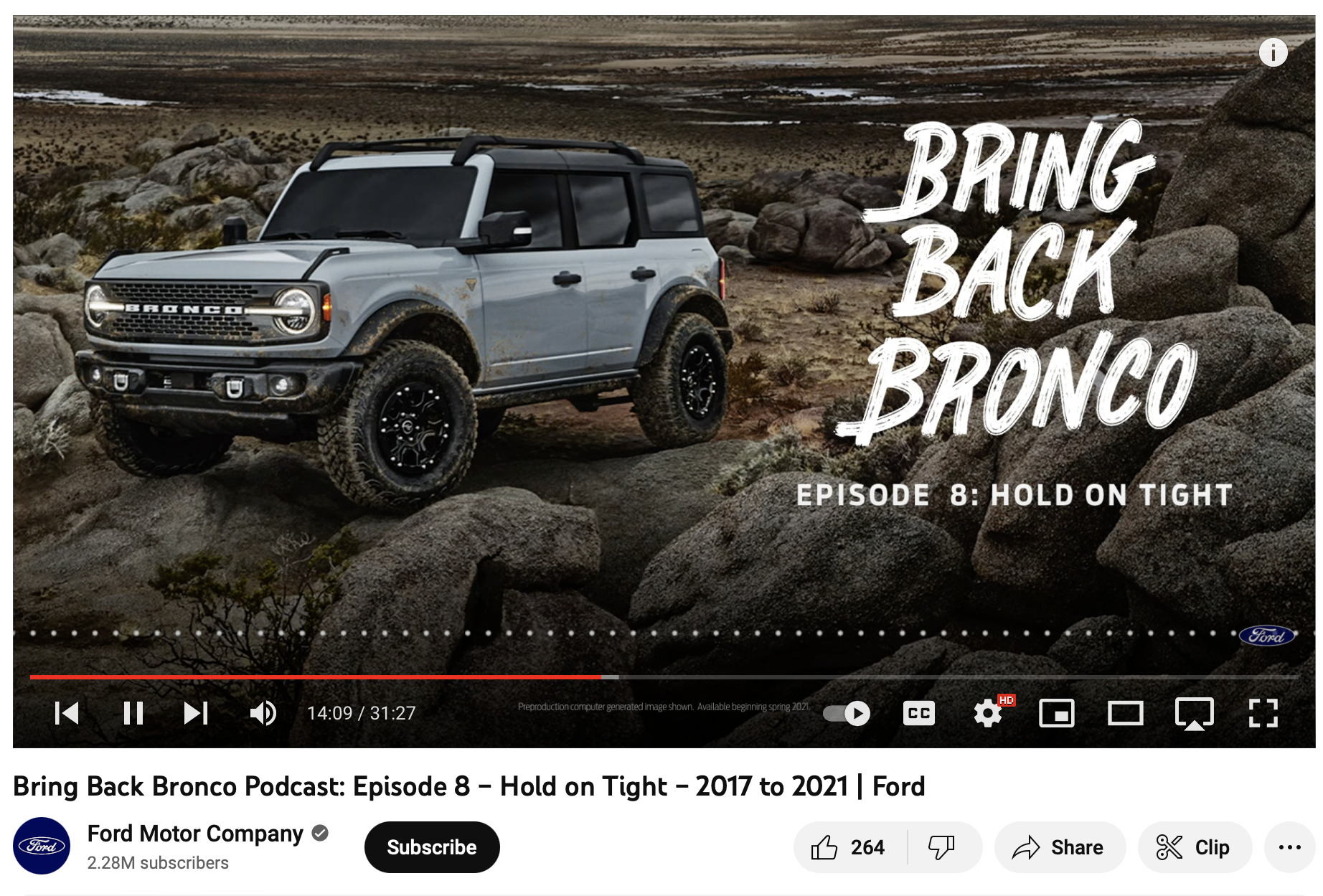
If your budget permits, it can be a good idea to record your podcast in-studio. This method tends to be better suited to podcasters who are comfortable setting up cameras and using video editing software:
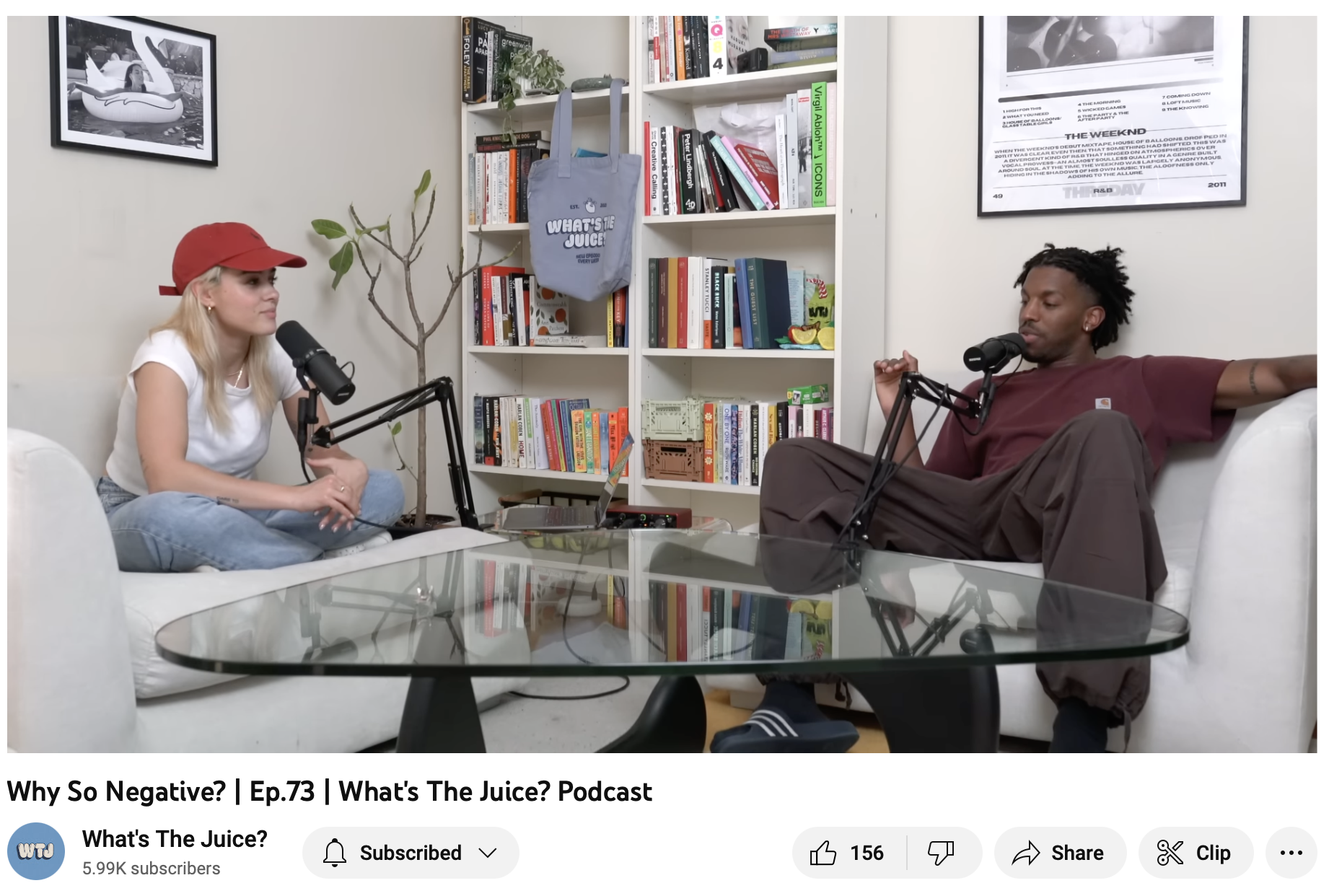
Meanwhile, remote interview recording might be a better option if you want to record multiple speakers in different locations. For example, you might record Q&As or opinions from experts and other professionals.
For this type of video podcast, you only need a reliable internet connection and communication software like Zoom. Therefore, this can be an affordable and beginner-friendly solution.
2. Use Themes and Categories
When planning your episodes, it’s a good idea to create a content calendar and implement themes and categories. This way, viewers will know what to expect from your show at particular times.
Your video podcast can take many forms. You might record interviews, create sketches, host live Q&As, or film reaction videos.
Rather than randomly adding all these different videos to your podcast platform, you can present them in a clear, organized way. For example, H3 Podcast organizes episodes into playlists:
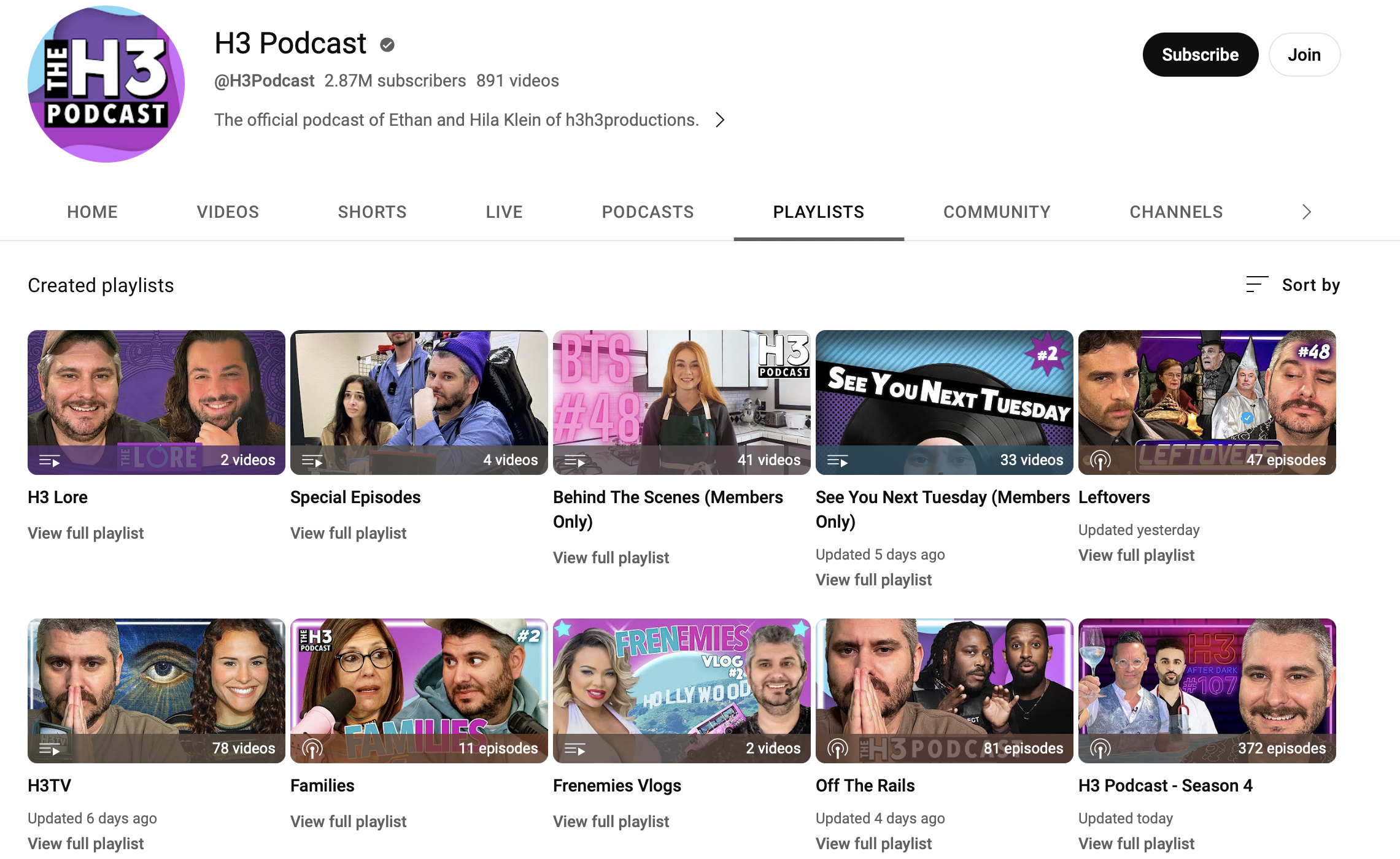
Here, you can find members-only content, special episodes, vlogs, and series. This is an excellent way to diversify your content and enable viewers to easily navigate your videos.
3. Cater to Your Audience
Just like with audio podcasts, it’s important to cater to your audience when creating your video episodes. You can easily find out what content your audience wants by utilizing the comments section of your podcast or blog.
This is a great place to interact with your listeners. You can kickstart the process by posting your own comment first. It’s best to lead with questions since these require a response:
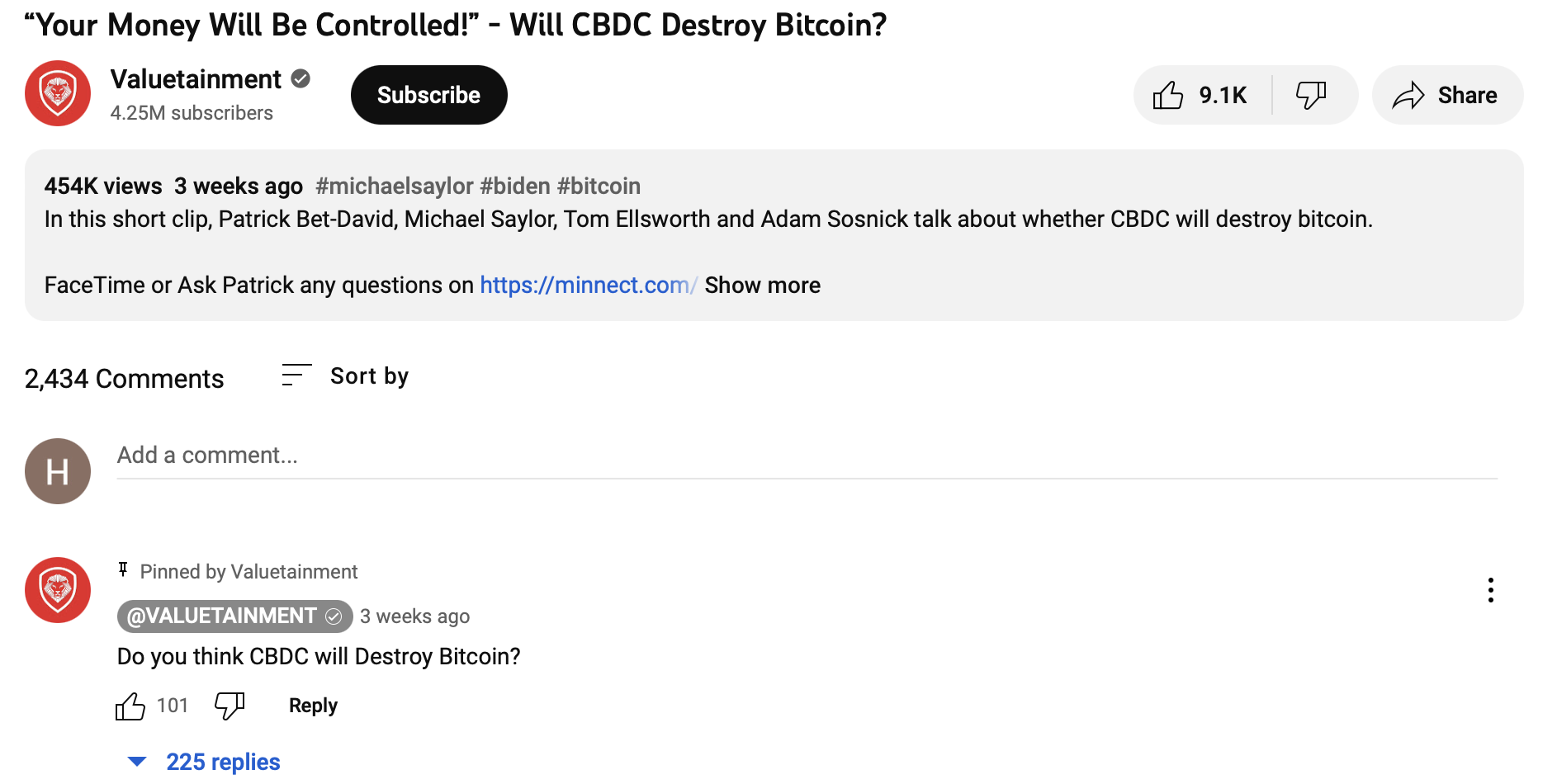
It can also be useful to ask something specific, or even offer an either/or scenario. This makes it easier for people to get involved.
Better yet, you can check out other podcasts with a similar niche or audience to your own. Then, take a look at the material that fans seem to connect with and take note of comments, likes, and shares.
4. Make Your Videos Clickable
If you want to attract new followers, you’ll need to make your videos clickable. An effective way to do this is to use catchy titles. Try to opt for something short and descriptive so that users instantly know what to expect.
A video podcast enables you to experiment with short-form content (like YouTube Shorts) in order to discover new audiences. For example, 59 percent of Gen Z use short-form video apps to explore new content (and watch the full version).
As such, short-form videos are a great way to highlight the best bits of your show. You might even tease a sneak peek at your next episode:
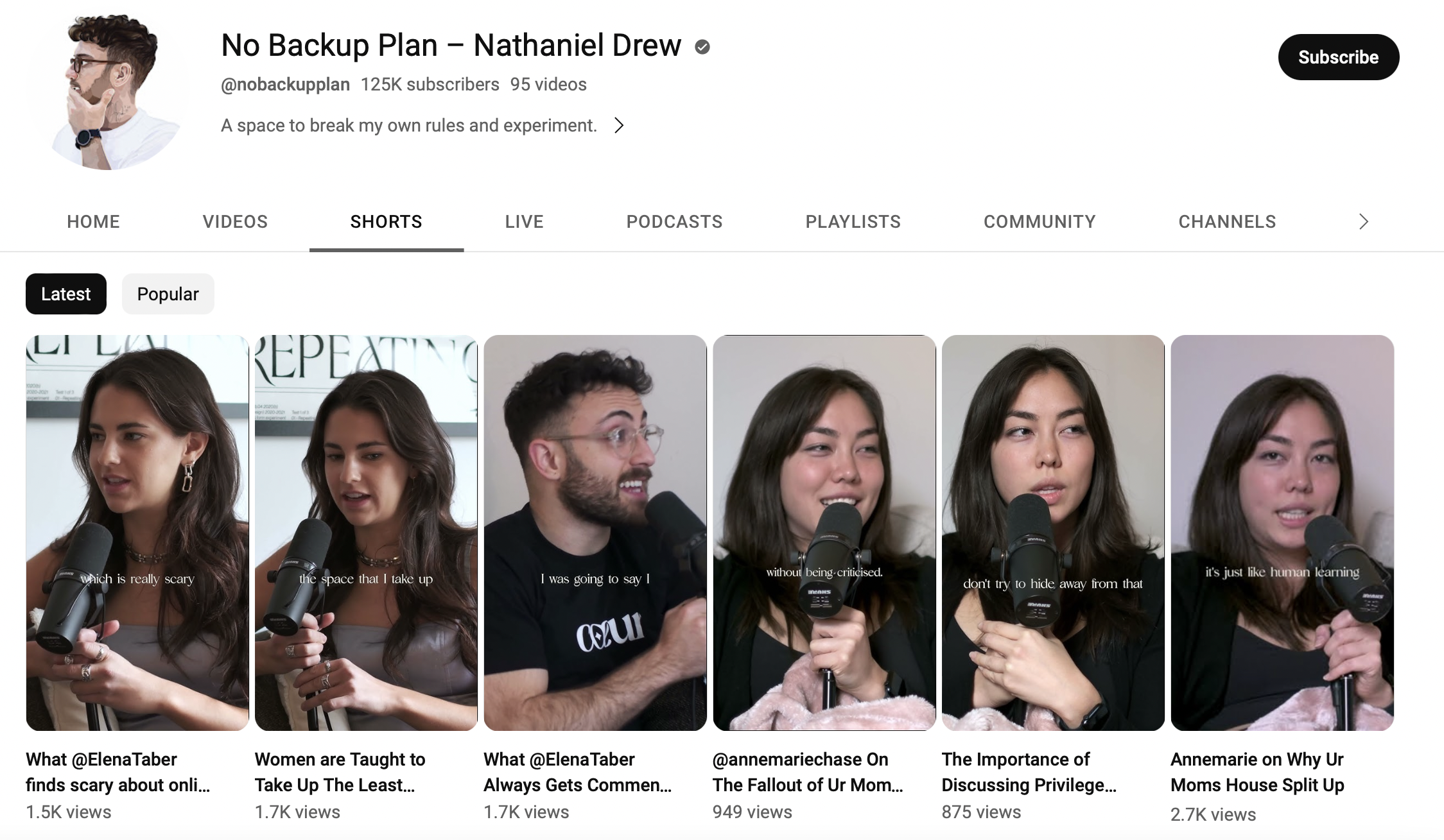
Another way to encourage users to click on your videos is to create thumbnails for each episode. In fact, research shows that 90 percent of the best-performing videos use custom thumbnails.
You might use an eye-catching graphic, a funny photo, or bold text to grab attention. There are tons of free tools that can help you create thumbnails, including Canva. It can also be a good idea to create a thumbnail template to ensure a cohesive look across your playlists.
5. Optimize Your Video Podcast
Finally, you’ll want to make sure that you optimize your podcast for SEO. To get started, you can identify one or two keywords for each of your episodes. Then, you can include these terms in your content to make it more discoverable in search engines.
To do this, you can use a tool like Google Keyword Planner:
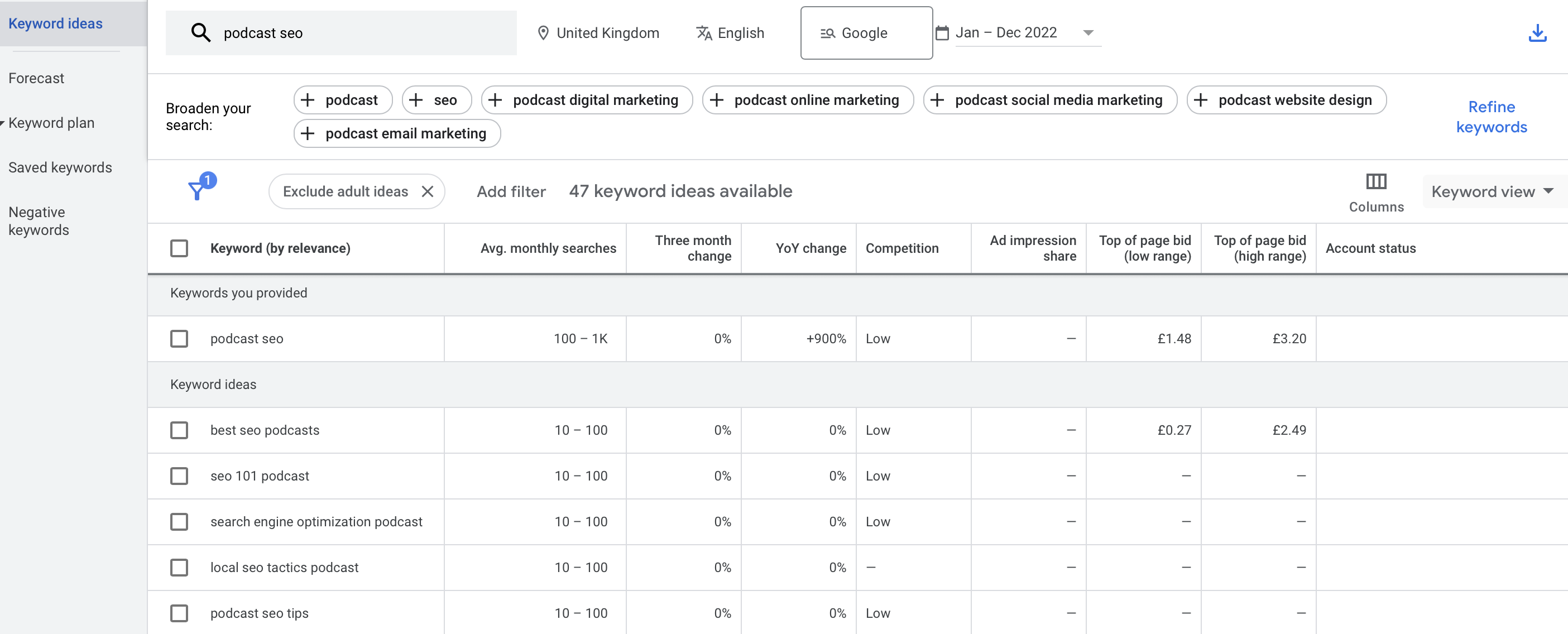
Once you select your keywords, you can add them to your episode title, show notes, transcript, podcast description, and more. This is a great way to improve your visibility in search engine results.
Another way to power up your SEO game is to create a podcast website with Podcastpage.io:
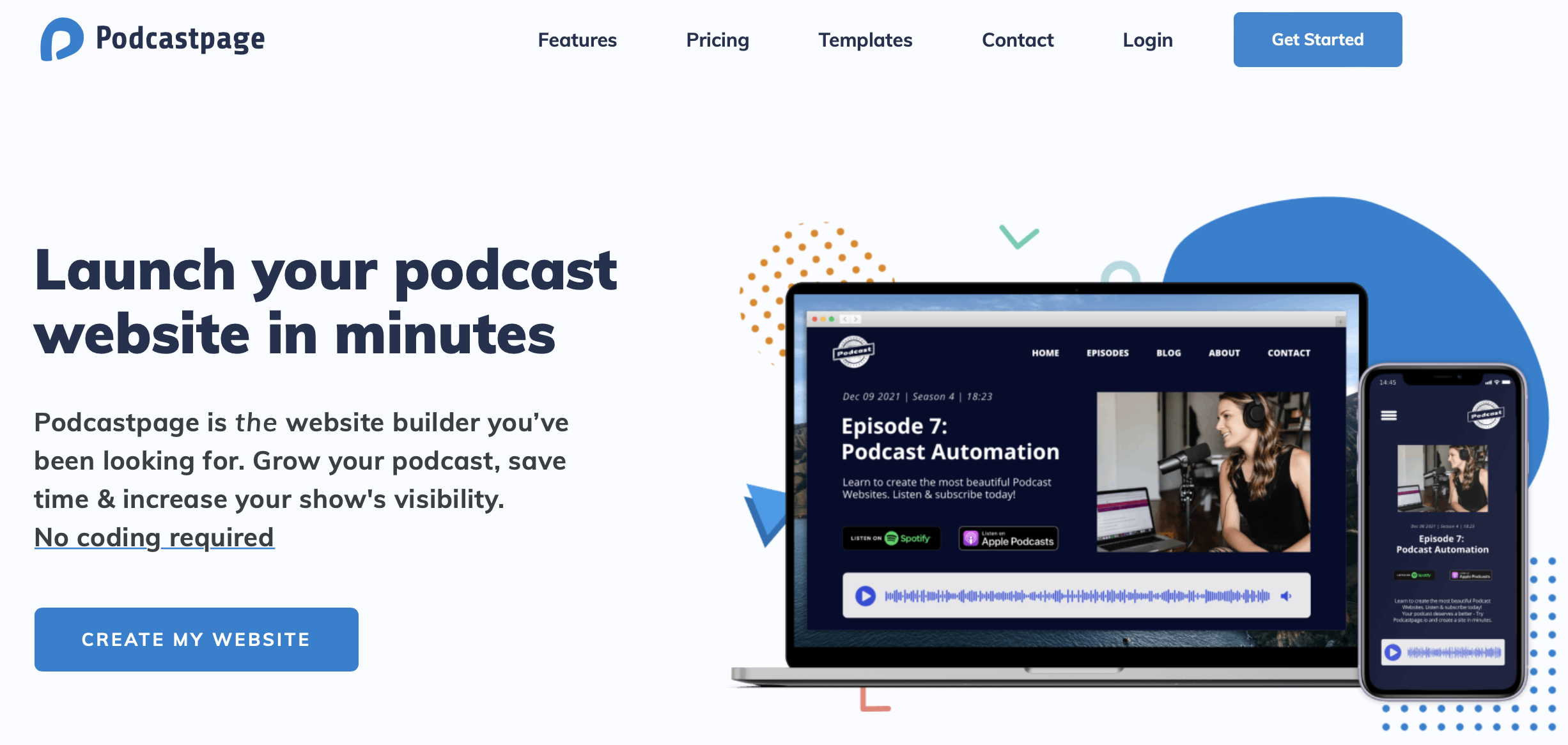
This platform helps you build a professional website (no code required) and host your episodes on it. Better yet, it’s super SEO-friendly. You can write meta descriptions for all your pages, register a custom domain, connect your site to Google Analytics, and more.
YouTube is a great place to publish a video podcast, but you can connect also your YouTube channels to your Podcastpage site and import all your videos easily. This can help you create a stronger brand, grow via other techniques (SEO/social media etc.) and get more control over your content. Even if you host your episodes on podcasting platforms like Apple and Spotify, you can import them into your podcast website using an RSS feed.
Conclusion
Video podcasts are becoming increasingly popular. They can help you make your show more engaging and memorable. Plus, it’s a great way to nurture deeper connections with your viewers.
To recap, here are five video podcasting tips to help you get started:
- Choose the best recording method for your podcast.
- Use themes and categories.
- Cater to your audience.
- Make your videos clickable.
- Optimize your video podcast with SEO.
With Podcastpage.io, you’ll get access to a customizable audio and video player. Plus, with automatic YouTube imports, it’s easy to display your YouTube videos directly on your web pages. Get started today!
